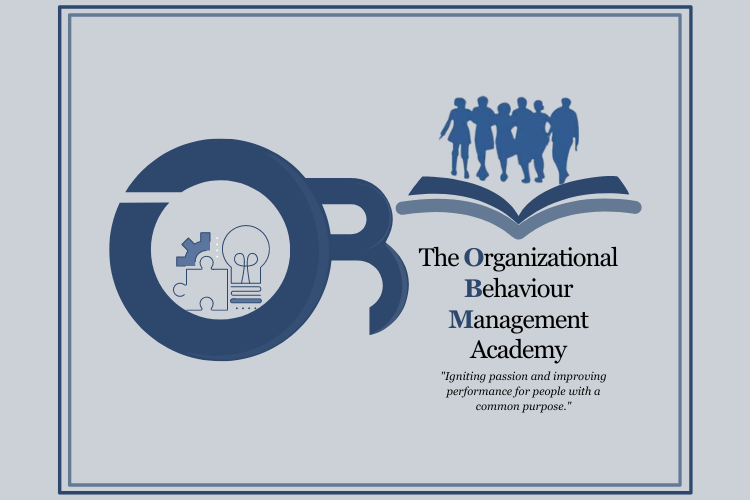In various professional fields such as organizational development, education, and healthcare, it is essential to assess the impact of interventions and changes on performance. While randomized controlled trials (RCTs) are often seen as the best method for establishing causation, they may not always be practical or ethical in real-world situations. This is where quasi-experimental approaches become valuable. These methods serve as a practical and reliable alternative for evaluating performance changes and providing valuable insights without the requirement for random assignment. This article will delve into the significance of quasi-experimental approaches, their practical applications, and the best methods for their execution, empowering professionals in their roles.
Understanding Quasi-Experimental Approaches
Quasi-experimental designs are research methods that assess the impact of an intervention without using random assignment. Although they may not have as much control as randomized controlled trials, they still offer a solid way to evaluate cause-and-effect relationships using different techniques to reduce biases and confounding variables. Key quasi-experimental designs include Non-Equivalent Groups Design, which compares a group receiving an intervention with a similar group that does not; Interrupted Time Series Design evaluates performance before and after an intervention within the same group; and Regression Discontinuity Design compares participants just above and below a cutoff point for receiving an intervention.
Quasi-experimental designs are feasible when random assignment is not possible. They are more ethically acceptable and can be conducted in naturalistic settings, providing versatile tools for evaluation.
Quasi-experimental methods are versatile and commonly used to measure performance change and evaluate interventions in education, healthcare, organizational development, and public policy. These methods help assess the impact of curricula, treatment protocols, training programs, and legislative changes, instilling confidence in their applicability across different professional fields.
To maximize the utility of quasi-experimental approaches, researchers must rigorously adhere to these best practices by meticulously selecting comparison groups to minimize biases, utilizing multiple measures to assess intervention impact comprehensively, controlling for confounding variables using robust statistical techniques, conducting pre-tests and post-tests without fail to evaluate changes over time and performing sensitivity analyses decisively to determine the robustness of findings.
Quasi-experimental approaches are potent tools for measuring performance change in real-world settings. Although they may not provide the same level of control as randomized controlled trials, they offer a feasible, ethical, and flexible means of evaluating interventions and their impacts. Through meticulous selection of comparison groups, utilization of multiple measures, control for confounding variables, and adherence to best practices, researchers can fully leverage the potential of quasi-experimental designs to generate invaluable insights and inform decision-making across various sectors. As organizations and policymakers persist in their search for evidence-based solutions to complex challenges, the irreplaceable utility of quasi-experimental approaches in improving performance and outcomes will endure.
